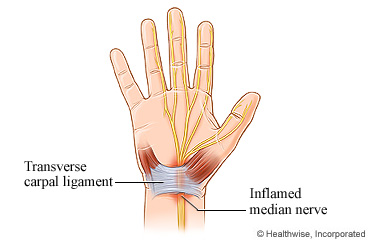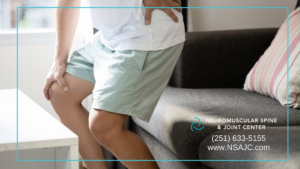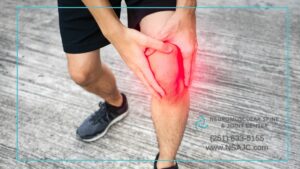
Carpal tunnel syndrome is a nerve problem. It can cause tingling, numbness, weakness, or pain in the fingers, thumb, and hand. The median nerve and several tough tissues called tendons run through a space in the wrist called the carpal tunnel. The repeated hand motions used in work and some hobbies and sports can put pressure on the nerve. Pregnancy and several conditions, including diabetes, arthritis, and an underactive thyroid, also can cause carpal tunnel syndrome.
You may be able to limit an activity or do it differently to reduce your symptoms. You also can take other steps to feel better. If your symptoms are mild, 1 to 2 weeks of home treatment are likely to ease your pain. Surgery is needed only if other treatments do not work.
Follow-up care is a key part of your treatment and safety. Be sure to make and go to all appointments, and call your doctor if you are having problems. It’s also a good idea to know your test results and keep a list of the medicines you take.
How can you care for yourself at home?
- If possible, stop or reduce the activity that causes your symptoms. If you cannot stop the activity, take frequent breaks to rest and stretch or change hand positions to do a task. Try switching hands, such as when using a computer mouse.
- Try to avoid bending or twisting your wrists.
- Ask your doctor if you can take an over-the-counter pain medicine, such as acetaminophen (Tylenol), ibuprofen (Advil, Motrin), or naproxen (Aleve). Be safe with medicines. Read and follow all instructions on the label.
- If your doctor prescribes corticosteroid medicine to help reduce pain and swelling, take it exactly as prescribed. Call your doctor if you think you are having a problem with your medicine.
- Put ice or a cold pack on your wrist for 10 to 20 minutes at a time to ease pain. Put a thin cloth between the ice and your skin.
- If your doctor or your physical or occupational therapist tells you to wear a wrist splint, wear it as directed to keep your wrist in a neutral position. This also eases pressure on your median nerve.
- Ask your doctor whether you should have physical or occupational therapy to learn how to do tasks differently.
- Try a yoga class to stretch your muscles and build strength in your hands and wrists. Yoga has been shown to ease carpal tunnel symptoms.
To prevent carpal tunnel
- When working at a computer, keep your hands and wrists in line with your forearms. Hold your elbows close to your sides. Take a break every 10 to 15 minutes.
- Try these exercises:
- Warm up: Rotate your wrist up, down, and from side to side. Repeat this 4 times. Stretch your fingers far apart, relax them, then stretch them again. Repeat 4 times. Stretch your thumb by pulling it back gently, holding it, and then releasing it. Repeat 4 times.
- Prayer stretch: Start with your palms together in front of your chest just below your chin. Slowly lower your hands toward your waistline while keeping your hands close to your stomach and your palms together until you feel a mild to moderate stretch under your forearms. Hold for 10 to 20 seconds. Repeat 4 times.
- Wrist flexor stretch: Hold your arm in front of you with your palm up. Bend your wrist, pointing your hand toward the floor. With your other hand, gently bend your wrist further until you feel a mild to moderate stretch in your forearm. Hold for 10 to 20 seconds. Repeat 4 times.
- Wrist extensor stretch: Repeat the steps for the wrist flexor stretch, but begin with your extended hand palm down.
- Squeeze a rubber exercise ball several times a day to keep your hands and fingers strong.
- Avoid holding objects (such as a book) in one position for a long time. When possible, use your whole hand to grasp an object. Using just the thumb and index finger can put stress on the wrist.
- Do not smoke. It can make this condition worse by reducing blood flow to the median nerve. If you need help quitting, talk to your doctor about stop-smoking programs and medicines. These can increase your chances of quitting for good.
When should you call for help?
Watch closely for changes in your health, and be sure to contact your doctor if:
- Your pain or other problems do not get better with home care.
- You want more information about physical or occupational therapy.
- You have side effects of your corticosteroid medicine, such as:
- Weight gain.
- Mood changes.
- Trouble sleeping.
- Bruising easily.
- You have any other problems with your medicine.
Care instructions adapted under license by Neuromuscular Spine & Joint Center. This care instruction is for use with your licensed healthcare professional. If you have questions about a medical condition or this instruction, always ask your healthcare professional. Kopp Medical LLC, DBA Neurmomuscular Spine & Joint Center disclaims any warranty or liability for your use of this information.





